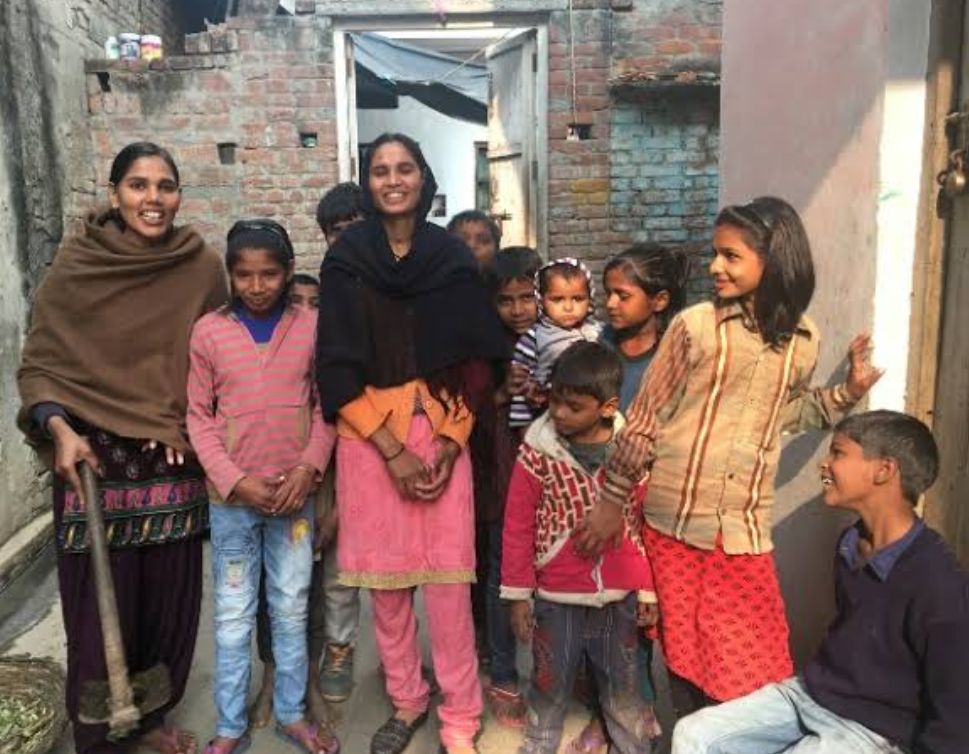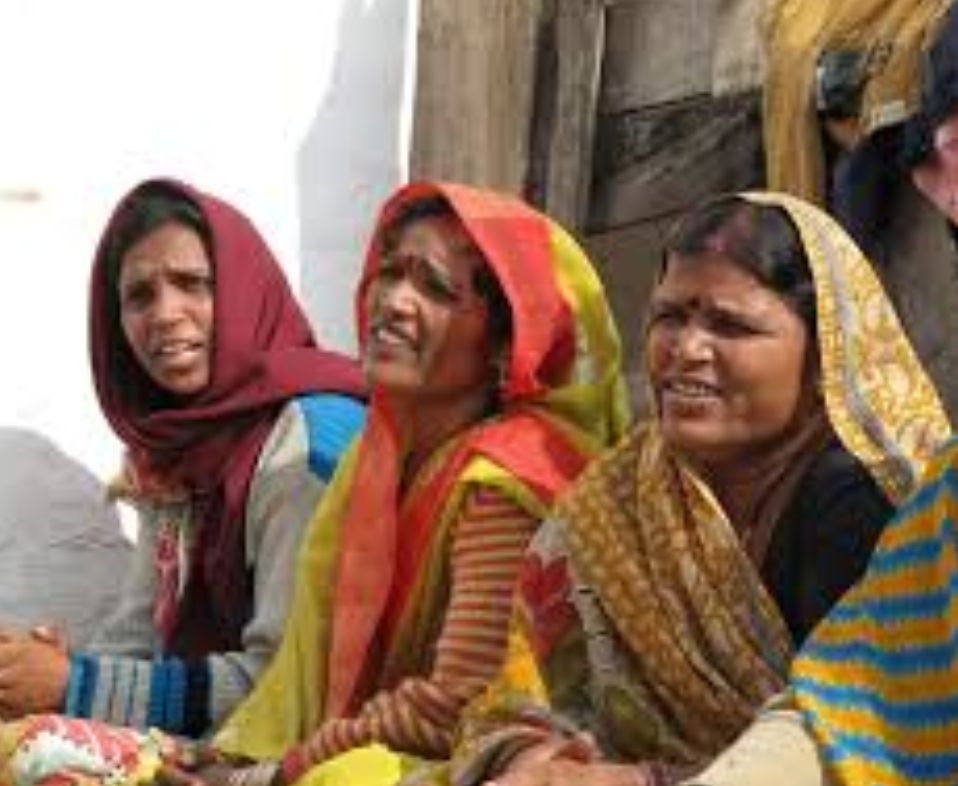Dalits : Untouchables Of India
May 23, 2019 • 60 views
The 1950 national constitution of India officially abolished the practice of untouchability in the country. However, the system lives on in India today. The Indian Census of 1901 formally established the specific castes of Brahmin, kshatriya, Vaishya, Shudra.

The so - called Untouchables or the Dalits exist even below the caste system. They don't call themselves as Dalits, but upper caste call them Dalits and oppress them in a barbaric way. They are literally outcastes and they are considered contaminated from birth. They make up around 16% of India's population. The Indian Prime Minister Manmohan Singh in 2006 acknowledged that the Indian system of "untouchability" was parallel to apartheid and that it still existed in India, despite attempts by the government to abolish it through changes in the law.
Who are the Dalits ?
Dalits perform jobs that are traditionally considered unclean or exceedingly menial. They are the manual scavengers, removers of human waste and dead animals, leather workers, street sweepers and cobblers. The mere touch of a Dalit was considered polluting to a caste member. Thus, the concept of untouchability was born. Dalits are considered impure and polluting and are therefore physically and socially excluded and isolated from the rest of society.

Challenges faced by India's untouchables in access to education
Education is an important tool for a country to develop it's economy .It is one of the most powerful instruments in reducing poverty and inequality.
A child's access to quality education is restricted by their class and caste. Universalization of good quality education has not been achieved even though it is a right granted by the Constitution. The Right to Education Act that was formulated and implemented in 2007, guarantees compulsory primary education up to thr 8th grade. Yet, there is a huge disparity in who received a good quality basic education. The elites continue to benefit that the government gives. On the other hand, the marginalized can't even exercise their right to education. The Civil Rights Act of 1955 and the Scheduled Castes and Tribes Act of 1989 have created job and education quotas for lower Castes. In order to provide all of it's youth a fair and successful access to education, the new government will have to work to overcome the segregation still suffered by Dalits today. The IDSN recommends that governments use the draft United Nations principles and guidelines for the effective elimination of discrimination based on work and descent as a guiding framework to confront the issue. The effect of the caste system on education in India has been detrimental to the advancement of millions of lower caste children.
However, it can be said that things are slowly changing. Today's youth with modern education and globalized outlook are viewing the social order from different perspective of equality and impartiality rather than from traditional point of view. Hopefully, the inhuman practice of untouchability would be removed from the society and our country would usher into a era of social equality and fraternity.
